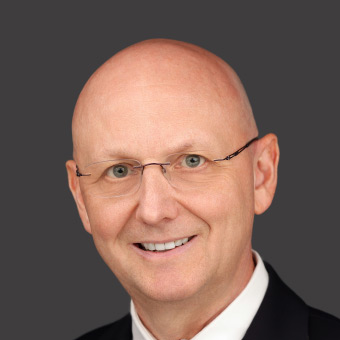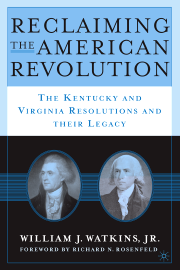From local diners to talk radio stations, Americans are fixated on the presidential election—the Super Bowl of politics. The winner, we are told, will chart the nation’s future. But that’s not altogether correct.
The House of Representatives has plenty of power, too. It is the one President Obama blames for halting his agenda in Congress. But House races don’t get equal billing. Mostly, they get a yawn.
Voters’ indifference is revealed by incumbency rates. Since 1998, the re-election rate for House incumbents has dipped below 94% just once. After being elected to the House, most members seem to stay there as long as they want.
Perhaps that is because few voters know or care what their representative is up to. Each of the 435 House members “represents” an average of 710,767 persons. Such massive numbers would have been unthinkable to the generation that drafted our Constitution.
Section 2 of Article I states, “The number of representatives shall not exceed one for every 30,000.” In other words, no district should be smaller than 30,000 individuals, but the Constitution is unfortunately silent on how large a district can be.
Lost in the crowd
Opponents of the Constitution were concerned that one representative for every 30,000 people was insufficient to foster a true representative body. In the Virginia ratifying convention, Anti-Federalist George Mason observed that “to make representation real and actual,” the number of representatives needed to be adequate to allow the representatives “to mix with the people, think as they think, feel as they feel” and be “thoroughly acquainted with their interest and condition.”
In the main, the pro-Constitution Federalists did not disagree with the Anti-Federalist on this matter. “It is a sound and important principle that the representative ought to be acquainted with the interests and circumstances of his constituents,” wrote James Madison.
Madison assured Anti-Federalist critics that “the number of representatives will be augmented from time to time in the manner provided by the Constitution.”
Madison estimated that within 50 years, the House would have 400 members. It didn’t turn out that way. There were only 242 in 1839.
That slower growth meant that even as the number of representatives grew, their distance from the people grew as well. After the 1910 Census, with the population over 92 million, the number was increased to 435 from 394, with the average district then including more than 210,000 people.
Stuck in 1910
But there the growth stopped. In 1929, Congress permanently fixed the number of representatives at 435, where it remains today even though our population now exceeds 300 million. Each representative now has nearly three-quarters of a million constituents.
Large districts with hundreds of thousands of residents make it impossible for most people to rub shoulders with their congressional representative and make it less likely that the representative can truly identify with his or her constituents.
Defenders of the House’s size contend that significant enlargement would make it too unwieldy. Such an objection assumes that meaningful debate takes place on the floor of Congress. In reality, however, most of the work is done in committees and by committee staff. Expansion of the House would have little effect on the process.
Moreover, technology makes casting ballots easier and could speed Congress’ work, even with increased membership. With a computer, Internet access and a phone, members of Congress could do as other Americans do: telecommute.
In other countries
By way of comparison, many other countries with representative government have larger representative bodies, with far more favorable ratios:
Sixty-two million people in the United Kingdom elect 650 members of Parliament, one for every 95,000 residents.
Japan’s 127 million people elect 480 representatives, one for every 264,000.
France’s National Assembly has 577 members each representing 118,000 people.
Expansion of Congress would help in other ways. It would be easier for third-party candidates to compete in elections because in smaller districts, the price of reaching voters would drop. To effectively campaign in districts of 710,767 people, politicians need a sizable war chest, but retail politics matters more in small ones. Lower costs mean less influence for those big donors.
It’s time to make our representative body representative again. One House member for every 710,767 residents is not representative government. It’s a sham, and a shame. The public knows it, and that’s why they tune out.











